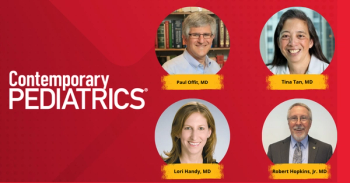
Genetic Influence on Fears Changes Over Time
Genetic and environmental factors both have an impact on fears in middle childhood and early adulthood but they act in a dynamic way and change over time, according to a report published in the April issue of the Archives of General Psychiatry.
TUESDAY, April 8 (HealthDay News) -- Genetic and environmental factors both have an impact on fears in middle childhood and early adulthood but they act in a dynamic way and change over time, according to a report published in the April issue of the Archives of General Psychiatry.
Kenneth S. Kendler, M.D., of Virginia Commonwealth University Medical School in Richmond, Va., and colleagues conducted a study of 2,490 Swedish twins and their parents and used a questionnaire to ascertain the twins' fears in three categories: situational, animal and blood/injury.
The investigators found that in all three categories of fears, genetic factors played a role in the intensity of fears at age 8 to 9 years, but this declined over time. In early adolescence, new sets of genetic risk factors come into play. The shared environment declines in influence over time and the impact of the unique environment increases, they report. In the realm of animal fears, shared environmental factors remained a more important influence than on other types of fears.
"The adaptiveness of specific fears is probably age dependent. Stimuli that are particularly hazardous for a child are likely to differ from those that pose danger to a late adolescent," the authors write. "If this is the case, selective forces over evolutionary time are likely to sculpt a temporally dynamic set of genetic risk factors with expression tied to developmental stage."
Copyright © 2008
Newsletter
Access practical, evidence-based guidance to support better care for our youngest patients. Join our email list for the latest clinical updates.








